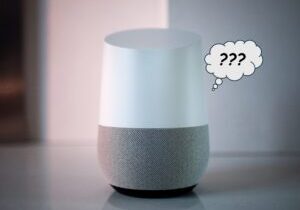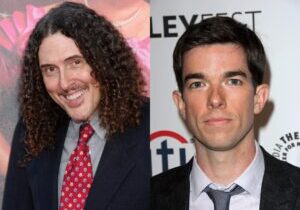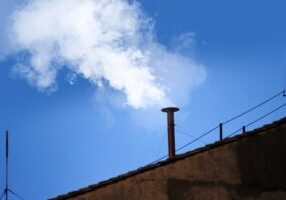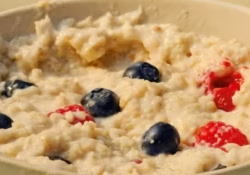
In digging up today’s #TBT post, I did something I don’t often do. I went back to 2020, obviously the most anomalous year of all our lives. Period. Full stop.
So much of what was going on exactly four years ago is both nearly identical, but also the polar opposite to what we’re experiencing now. Of course, COVID was in full swing, a tragic, life-changing event we all hope we – or our children – never have endure again.
But at the same time, we were just a few short weeks away from one of the most contentious elections of our lifetimes. Sound familiar?
The question is, did we learn anything from the pandemic that we were able to put to use to make the radio industry better for an uncertain future. Or did we sqander what turned out to be a once-in-a-lifetime opportunity to strip it down to the studs and “build it back better” as a certain politician intoned back then?
In the post, I talk about radio’s battlelines. On one side, the “92%ers” who even four years ago were insisting there was nothing seriously wrong about the industry. On the other side, the “Gloom & Doomers” who are always looking for a reason to knock the medium. I think four years later the debate has changed, in fact, quite a bit.
I hope you are able to take away some perspective from this post by going back to where we were four years ago. Were we better off then or now? And can we learn from that ominous past? Let me know your thoughts. – FJ
October 2020
You hear a lot of talk about our health these days whenever you turn on cable news or scroll through a social media news feed. Whether it’s the coronavirus pandemic, climate change, or Supreme Court justices, health care is a hot topic that has dominated much of this election season. And it figures to play a role in the outcome of next week’s long-awaited Presidential election.
Part and parcel of these conversations is the issue of who and what are covered. And those questions go to the core of the issue. The common term is “pre-existing conditions” – those medical issues people experience before a health plan kicks in.
Many people sweat their health traits that are part of their medical histories – and for good reason. They can have life-long impact, and still may not be covered by the health plan of the moment. Ultimately, they can make our lives shorter and less fulfilled.
And that brings us to the health of radio in the middle of this pandemic.
Of course, it depends on who you talk to and their agenda.
As we’ve learned from the world of politics, we’re all entitled to our own facts. And in the case of radio’s current vital signs, you can look at this issue from a number of different angles.
On the plus side, of course, is radio’s much-ballyhooed reach by radio’s “Ninety-Two Percenters.” In spite of the competitive issues presented by myriad audio competitors, more Americans listen to broadcast radio every week than any of the other options – be they streaming, satellite, podcasts, or talking books.
Broadcast radio is the medium that is most live and most local – a companion to millions with its well-known personalities who can keep communities informed especially when the going gets tough.
But not everyone is so bullish. The “Gloom & Doomers” point to a lack of engagement and relevance, especially among younger consumers. These naysayers cite fewer and fewer regular radios in American homes, less live talent over the airwaves, and those institutional barriers to longer listening – commercials, talk, music repetition.
Whichever position you adhere to – and many radio moderates would opt for the middle-of-the-road or the “MORs” where there’s a balance of both assets and deficits – there’s no question we are at a critical moment in time when it comes to the health of radio broadcasting here in the U.S.

The pandemic has forced us to re-evaluate our brands, our companies, and our medium in an effort to better understand the changing needs and demands of consumers, advertisers, and our communities.
Despite the hardships being faced throughout the radio industry, can we seize this unusual moment in time where activities have been curtailed, mobility has been greatly diminished, and many are taking a cautious position about their lives and how they live them? Can broadcasters take an introspective look at the medium – its strengths, weaknesses, opportunities, and threats – and make the most of this anomalous time?
This would seem like an opportune time for self-reflection. For more than a couple decades now, many radio broadcasters have under-estimated the growing legions of competitive forces, audience malaise, and a societal desire to stay new and fresh. We are all looking for what’s new and what’s next, even as we nostalgically cling to media outlets that bring us familiarity, comfort, and dependability.
How can we use this bizarre year as a bridge to creating better content, more effective marketing tools, and stronger connections with fans?
Radio has certain “pre-existing conditions” that are absolutely positive, the envy of so many other platforms. We’re simple, seamless, and ubiquitous in most locations, especially in cars, where radio maintains a strong position. While numerous competitors are trying to emulate or one-up radio, most have struggled to be competitive.
Many of you are aware of Spotify’s latest efforts to be like radio, while attempting to be different enough to cut through. Their newest venture is a “morning show” featuring three cast members, along with the chance for users to personalize and customize their music experience.
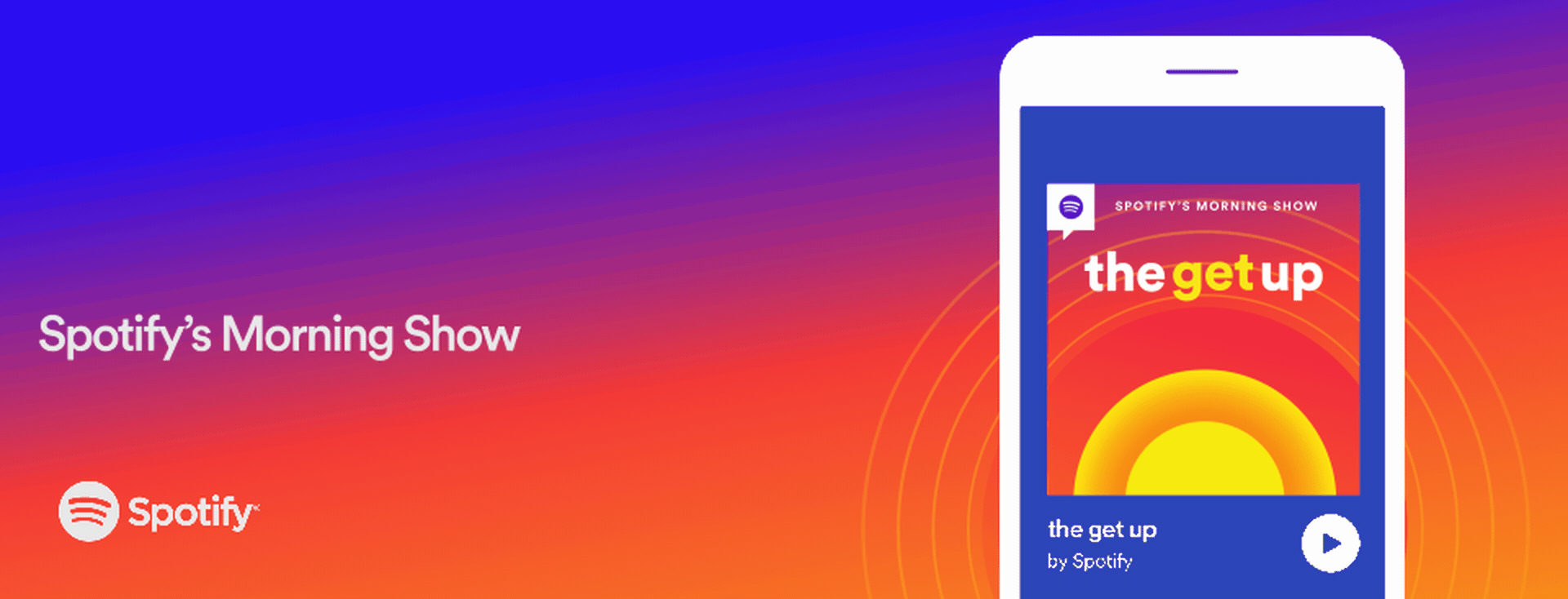 It’s called “The Get Up,” and like Apple and Slacker’s forays into personality “radio,” it will be interesting to see if there’s any headroom for this type of product among most American consumers of the morning hours.
It’s called “The Get Up,” and like Apple and Slacker’s forays into personality “radio,” it will be interesting to see if there’s any headroom for this type of product among most American consumers of the morning hours.
Despite fewer cars on the road thanks to COVID and working from home protocols, morning radio remains a highly competitive and dynamic battlefield. And while broadcast radio’s would-be challengers have a strong desire to make inroads on listening levels and personality loyalties, it’s clear that between NPR’s Morning Edition, along with the slate of local and nationally syndicated shows on commercial radio, that’s a tough putt.
But let’s strip out these competitors for a moment, and turn inward. Despite the many complaints about radio, its “pre-existing conditions” haven’t changed much in years. OK, decades.
Commercial loads remain onerous, and thanks to PPM philosophies, more than 90% of stations are only stopping down twice an hour, drawing even more attention to those seemingly endless ads.
A viable new radio format hasn’t come along in decades. And I’m talking about a format that works in most markets. Classic Rock in the ’80s, and Jack (Variety Hits) in the ’90s mark the last two occasions when radio broadcasters developed and nurtured a successful format.
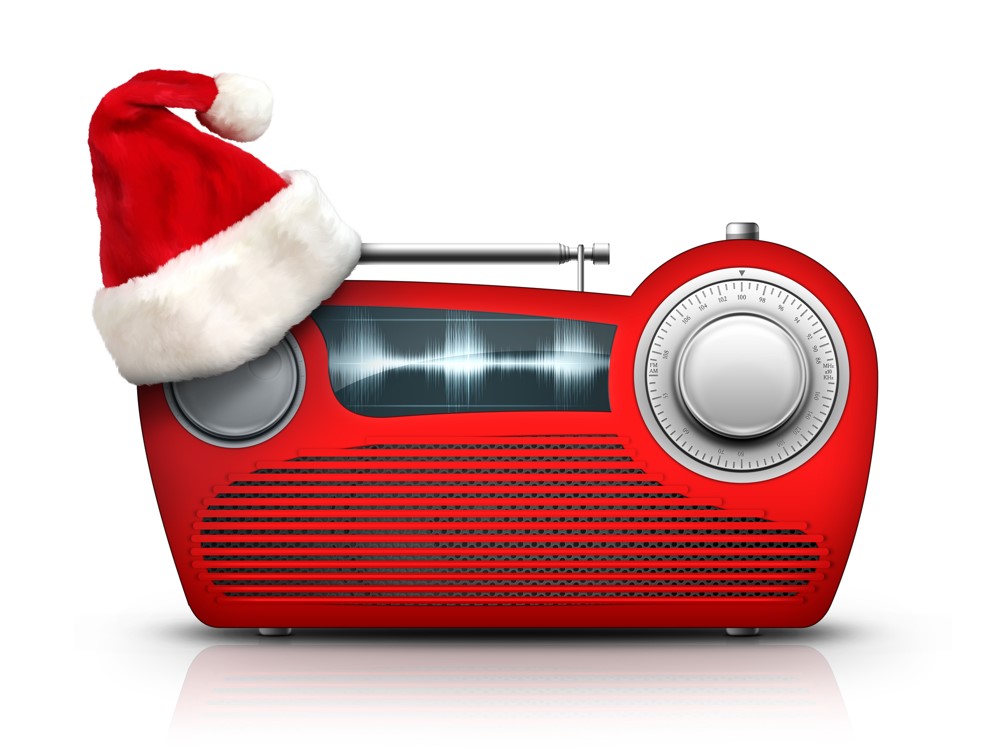 And within most formats, innovation has ground to a standstill. Whether it’s Talk, Rock, Country, Top 40, or Hip-Hop, very little in the way of format development has taken place.
And within most formats, innovation has ground to a standstill. Whether it’s Talk, Rock, Country, Top 40, or Hip-Hop, very little in the way of format development has taken place.
The most “innovative” programming event of the past couple decades has been Christmas music. And while effective, it is still a stunt.
Research shows that consumers push back against “too much talk.” And yet the contradiction is that most of radio’s leading stations talk – in some cases a lot.
That’s because they are often loaded with talented, engaging, current, and compelling personalities. “Shut up and play the hits” only works when stations have air talent with nothing to say. And it’s rarely a viable long-term strategy.
On the revenue side, radio sales departments have been buffeted by the vagaries of this virus, and its ravaging impact on local clients and their businesses. Sales has its own “pre-existing conditions” – an inability to market demographics that fall outside the 25-54 “sweet spot,” as well as transient reps as committed to marketing radio as they are to selling shoes.
The truly smart, engaged sales staffs have been compiling success stories, developing solutions beyond cheap packages and remotes, as well as working with local advertisers to help them weather this storm and get back on their feet. We wish more of them subscribed to these best practices.
Addressing radio’s “pre-existing conditions” requires a strong will and thick skin, not to mention audience research and innovative solutions to solve complex, nagging problems. But for radio to be around for another 100 years, it will mean taking a hard look at the product and how it’s being marketed.
In the middle of a crisis, radio broadcasters have the rare opportunity to strip it down to the studs, and begin to look for new hacks and innovative approaches to combatting legacy ailments.
It is likely that one of the lessons from COVID will be that stations that invested in digital assets, and committed to them with on and off-air marketing, will come out of this thing in better shape.
Apps, smart speaker skills, podcasts, robust email marketing activities, video – those are all the “therapeutics” stations need to overcome those “pre-existing conditions” and keep brands and their platforms fresh, contemporary, and healthy.![]()
Yes, they require investment in research, product, strategy, and execution. But tell me how any entertainment outlet gets better without a commitment to human and financial resources – the ways and means of creating great content. In other words, “the cure.”
Most of us have our share of “pre-existing conditions” of one sort or another. And just because they can be dangerous or even fatal, they’re not necessarily a fait accompli – a done deal – that they’ll kill us.
In fact, those of us with “issues” can often address their problems with new outlooks and behaviors – eating better, working out, and facing up to their condition. In other words, changing the way they’ve always done things.
A pandemic is as good as time as any to get healthy.
Originally published by Jacobs Media
